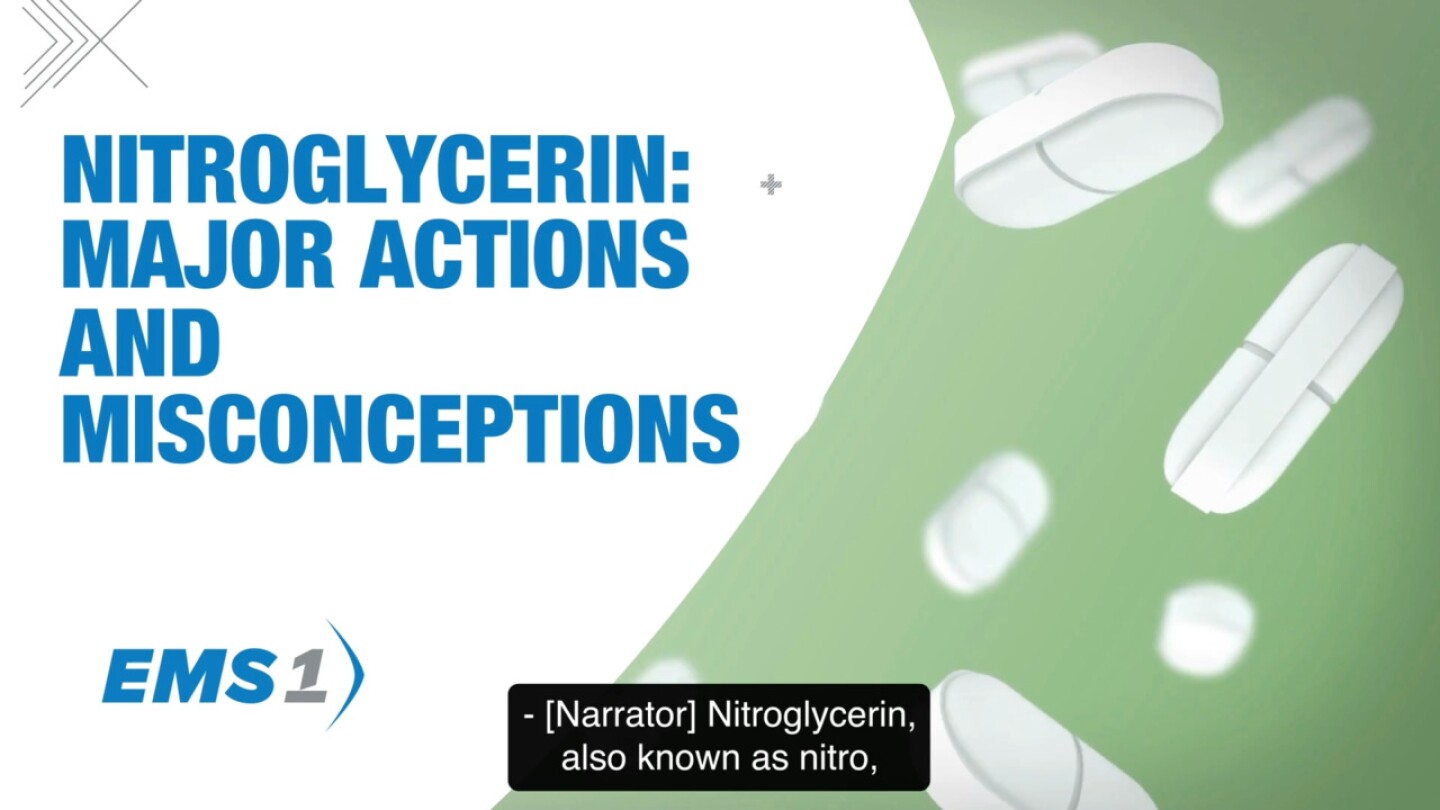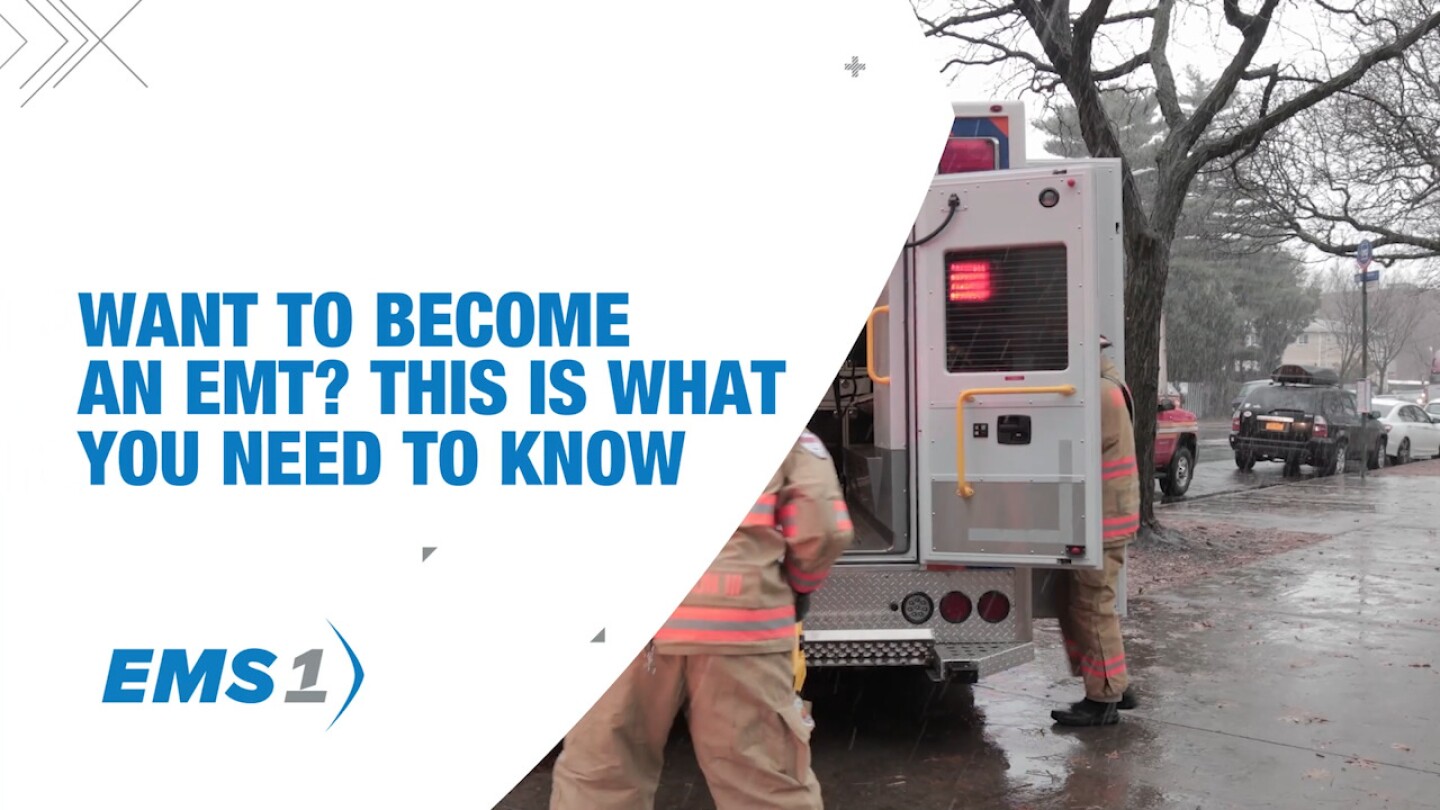Clinical
Access our directory of clinical articles in EMS, which offers in-depth information on patient assessment, treatment protocols, and emerging medical practices. This collection covers various clinical topics essential for EMS professionals, from advanced pharmacology to trauma management. Staying up-to-date with clinical knowledge is vital for delivering high-quality patient care. For additional resources, explore our section on Medical Research. Enhance your clinical expertise with our expert-driven content.
Unpack the facts and myths behind nitroglycerin use in EMS, from nitro dosing to contraindications for EMTs and paramedics
Five considerations for patient assessment, scene safety and patient handoff when responding off-duty
Drs. Antevy, Piehl and Spiro review video of intubation and an external ventricular drain
What will TNKase’s 5-second IV bolus mean for EMS stroke care?
High-stress decisions and human limitations demand more than just training
Learn the key differences, signs and symptoms of compensated and decompensated shock to improve prehospital recognition and response
Discover actionable strategies for EMS teams to minimize errors through rest, focus and teamwork
Steve Whitehead breaks down pulse ox plethysmography
Chest pain, rapid heartbeat, shortness of breath: While panic attacks and anxiety attacks share common symptoms, they also have distinct differences
EMS clinicians should rely on their assessment and facts when assessing people with a suspected factitious disorder
Make no mistake, every EMS provider in every state has a duty to perform a full and complete assessment on every living patient
Identifying and treating tension pneumothorax, a life-threatening condition that can occur with chest trauma
OPQRST is an important part of patient assessment and the start of a conversation with the patient about their pain complaint
Capnography and ETCO2 monitoring are critical for assessing ventilation, confirming airway placement and guiding resuscitation
A pioneering EMS program is helping patients with opioid use disorder find a path to recovery
Discover how fentanyl test strips work, the obstacles to their widespread use and their impact on harm reduction
Steve Whitehead shares CPAP contraindications
OMI President Felix Marquez shares how VR training is helping rural Florida EMS agencies maintain critical pediatric emergency skills
Assessment and treatment pearls to simplify three common chest trauma presentations
Think you or someone you know might have measles? Here’s what you need to know
“There has never been a more crucial time to have a wingmate in EMS – a wingmate to watch your six and guide each other through the storm”
Realistic scenarios that reflect the patients EMTs and paramedics regularly encounter are critical to preparing students for the challenges of the EMS profession
Being an emergency medical technician is rewarding job, and with the right EMT training, there’s plenty of room to grow
Monitoring AVPU and other vital signs will help determine if the patient is improving, worsening or responding to treatment
What do femoral pulse, radial pulse and carotid pulse actually indicate?
Avoid false blood pressure readings that could impact patient care. Discover the most frequent BP measurement mistakes and expert-backed techniques for accuracy.
The need for data-driven decisions in managing aggressive patients while ensuring safety and compliance
Understand the causes, signs and symptoms, and prehospital treatment for kidney injury
A unified effort among EMS agencies, hospitals and aviation units ensures faster, lifesaving treatment
The Colorado Springs Fire Department worked closely with the UCHealth hospital system to get the life-saving program off the ground
A month after his son initiated CPR for his first SCA, Wayne Kewitsch suffered a second medical emergency while driving
New research explores how point-of-care lung ultrasound can improve prehospital identification of acute heart failure



































